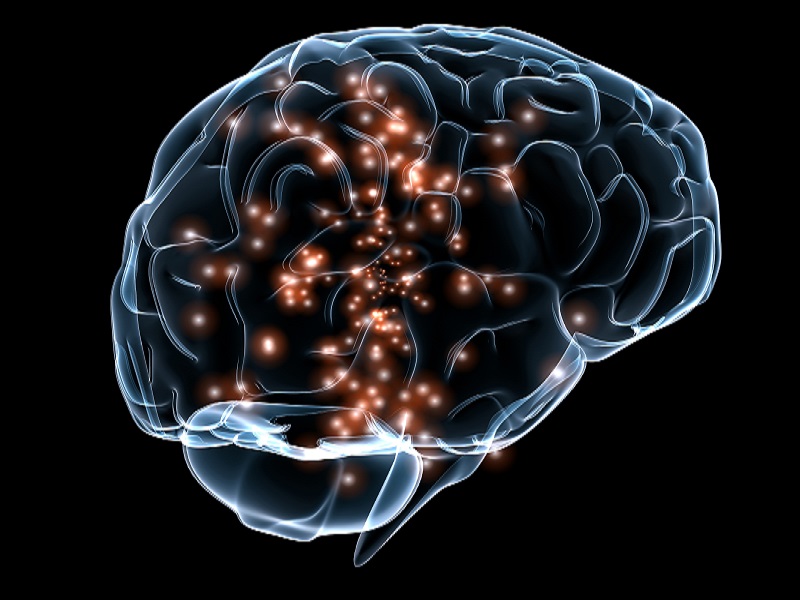Many neurologists unaware of safety risks related to anti-epilepsy drugs
A study by Johns Hopkins researchers shows that a fifth of US neurologists appear unaware of serious drug safety risks associated with various anti-epilepsy drugs, potentially jeopardizing the health of patients who could be just as effectively treated with safer alternative medications
The findings suggest that the US Food and Drug Administration (FDA) needs a better way to communicate information to specialists about newly discovered safety risks, the researchers say, since the warnings are in many cases not getting through to doctors making important prescribing decisions.
The researchers add that while their new study, reported in the journal Epilepsy and Behavior, was focused on neurologists and anti-epilepsy drugs, they believe their findings are applicable to a wide spectrum of medical specialists and medications.
“There is poor communication from the FDA to specialists, and there’s some risk to patients because of this,” says study leader Dr Gregory L Krauss, a professor of neurology at the Johns Hopkins University School of Medicine. “Unless it’s a major change requiring the FDA to issue a black box warning on a product, important information appears to be slipping through the cracks. We need a more systematic and comprehensive method so that doctors receive updated safety warnings in a format that guarantees they will see and digest what they need to protect patients.”
Dr Krauss and his colleagues surveyed 505 neurologists from across the nation in different types of medical practices between March and July of 2012. They asked about several new safety risks for antiseizure drugs recently identified by the FDA: increased suicidal thoughts or behavior with newer agents; high risks for birth defects and cognitive impairment in offspring of mothers taking divalproex (sold by the brand name Depakote); and risks for serious hypersensitivity reactions in some patients of Asian descent starting treatment with carbamazepine (Tegretol). One in five of the neurologists surveyed said they knew of none of the risks. Those neurologists who treat two hundred epilepsy patients a year or more were most likely to know all of the risks.
Dr Krauss says he was most struck by the lack of understanding of the risk to certain Asian patients who take carbamazepine to control their seizures. The FDA in 2007 recommended that before initiating the drug in patients of Asian heritage, neurologists should screen to see if those patients have a specific haplotype, a specific section of DNA found in a few per cent of Asian people, before prescribing the drug.
The researchers found that 70 per cent of the neurologists who responded knew of the recommendation. While 147 neurologists (29.1 per cent) reported initiating carbamazepine treatment in Asian patients, only 33 of them (22.5 per cent) said they performed haplotype screening. Eighteen neurologists reported that their Asian patients developed carbamazepine-related hypersensitivity reactions — severe skin rashes that can lead to scarring, blisters in the mouth and shredding of the skin — during this time period.
“If their doctors were more educated about the risks,” Dr Krauss says, “these patients may have avoided these severe hypersensitivity reactions.”
Dr Krauss says doctors may not do the screening because it is difficult to find laboratories able to perform the haplotyping, and he notes that it may make more sense to prescribe an alternate drug to Asian patients.
The researchers found that 80 per cent of respondents knew that the FDA had newly warned that the risk of suicide with newer drugs is 4.3 per 1,000, double what had previously been believed. Seventy per cent said they counselled patients about the risk.
As for pregnancy risks related to divalproex, fewer than half of the respondents knew that a warning had been issued noting high risks of birth defects and of developmental risks in offspring (an 8 to 9 point drop in IQ). While 93 per cent of respondents reported counselling women planning pregnancies about the birth defect risks of divalproex, Dr Krauss says safer drugs should be used if possible during pregnancy.
Dr Krauss says part of the problem is the absence of a single place for neurologists to find updated risk information. Neurologists get safety information from scattered sources; only a few get emails from the FDA, while others get the information from neurology societies, from continuing medical education (CME) courses or from newly published journal articles.
“The FDA needs to do better getting the warnings to prescribing doctors,” he says. “There has to be a direct way to communicate risks without overwhelming physicians with messages.”
Source: http://www.indiamedicaltimes.com/2013/08/31/many-neurologists-unaware-of-safety-risks-related-to-anti-epilepsy-drugs/















